Online shopping provides a quick and convenient way to purchase products, and this is especially true for the...
Pediatric Nebulizer Devices for Infants and Kids
Pediatric nebulizer compressors administer the liquid medication directly into the lungs and bloodstream by pressurizing it into a fine mist. Pediatric nebulizers often assist with treating breathing disorders such as COPD, asthma or bronchitis or are used for other lung therapies as recommended by a physician.
Because infant and child patients may be reluctant to undergo their treatment, pediatric nebulizers come in fun designs and tend to be
What is a Pediatric Nebulizer?
A nebulizer is a type of device that sprays a fine mist of medication for delivery. Children unable to use an inhaler may be directed toward this solution for managing asthma or another respiratory condition.
For this purpose, a pediatric nebulizer is equipped with an air compressor, a cup that holds their medicine and a tube designed to connect to a mask and runs on electric or battery power. Once the medication is in a mist or aerated powder form, your child puts on the mask to breathe it in for at least five minutes. As this occurs, the compressor forces air through the nebulizer, helping the medication reach your child’s lungs.
Nebulizers come in three basic forms — jet, ultrasonic or mesh. Additionally, a face mask helps create a secure seal with your child’s face for improved medication delivery. Mouthpieces, designed to be held in your child’s mouth, are recommended for children ages four and up. Remaining calm still improves the efficacy of the treatment.
Why Might a Child Need a Pediatric Nebulizer?
Using a nebulizer helps treat symptoms of many respiratory conditions. When your child can breathe better, they are able to live the life you imagine for them unhindered. While a nebulizer requires a prescription for purchase, these devices assist with managing common conditions such as:
- Croup
- Chronic sinusitis
- Asthma
- RSV
- Bronchiolitis
- Cystic fibrosis
- Reactive airway disease
- Rhinitis (Common Cold)
Components of a Pediatric Nebulizer
While each nebulizer is just a little bit different, all have a few consistent parts that are essential for operation. Always be sure to check the manual for your specific model for instructions and proper use of these and other parts. To have a fully functioning system, you will need to ensure the pediatric nebulizer has all the following:
- The nebulizer compressor, which powers the system by mixing air with the medication, makes the solution easier to breathe in.
- A mouthpiece or mask for breathing in the medication once it becomes a mist.
- The nebulizer cup, also known as a medication cup, which holds the medication.
- Tubing, which transfers air from the compressor to the medication cup attached to the mouthpiece.
- Tubing connectors, which ensure the attachment from the tube to the medication cup is secure.
Tips for Using a Pediatric Nebulizer
Keeping the filter and equipment clean can help facilitate treatment. Dirty equipment can slow down treatment time and increases risks for contamination. In general:
- Follow all guidelines set by the user manual and your healthcare professional.
- Ensure your child remains upright and breathes in deeply for more effective treatment.
- Watch and monitor your child during at-home treatments, ensuring their mask remains on and tubing securely stays in their mouth.
- Stop treatment if your child has a coughing spell or vomits. Only resume their therapy once they stop coughing or vomiting.
- Go over the filter at least once a week to clean and check its appearance. Replace any filter that looks worn or discolored.
Making it Fun
While fun masks and colors can certainly make using a pediatric nebulizer more tolerable, consider the following tips to help your child look forward to treatment, rather than just put up with it. Here are a few tricks that have been helpful to other parents:
- Use the nebulizer during their favorite TV show.
- Make it a special time for you and your child to spend time together.
- Read books or play board games with your child.
- Use positive talk and reinforce the benefits of how the nebulizer is a helper.
- Use role-playing games to pretend the mask changes them into an alien, firefighter, dragon, superhero, etc.
- Use stickers on a chart once treatment is completed.
To avoid the growth of mold and bacteria, your nebulizer should be cleaned often. This includes changing any filters, depending on the model purchased. Be sure to check the instructions for cleaning and use for your model and its components.
For example, single-use mouthpieces/masks and tubing should be disposed of after every use, rather than cleaned. If these pieces are reusable and need to be cleaned, as a general guideline, they should be soaked for 15 minutes in warm water with soap. Rinse thoroughly and then air dry completely before the next use. To clean the nebulizer compressor, use a rag to keep it free from dust.
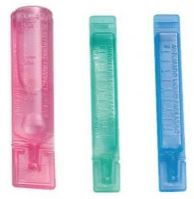
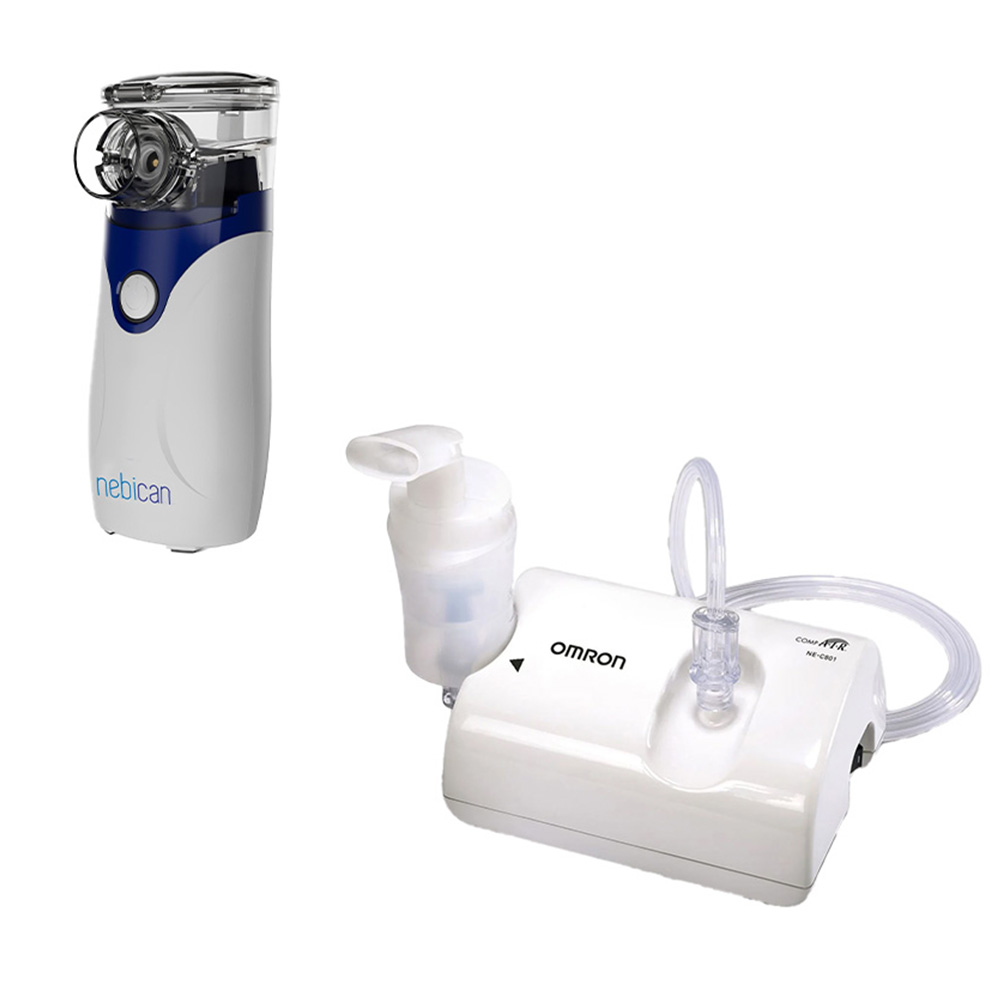
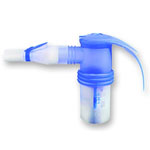
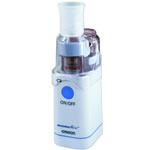
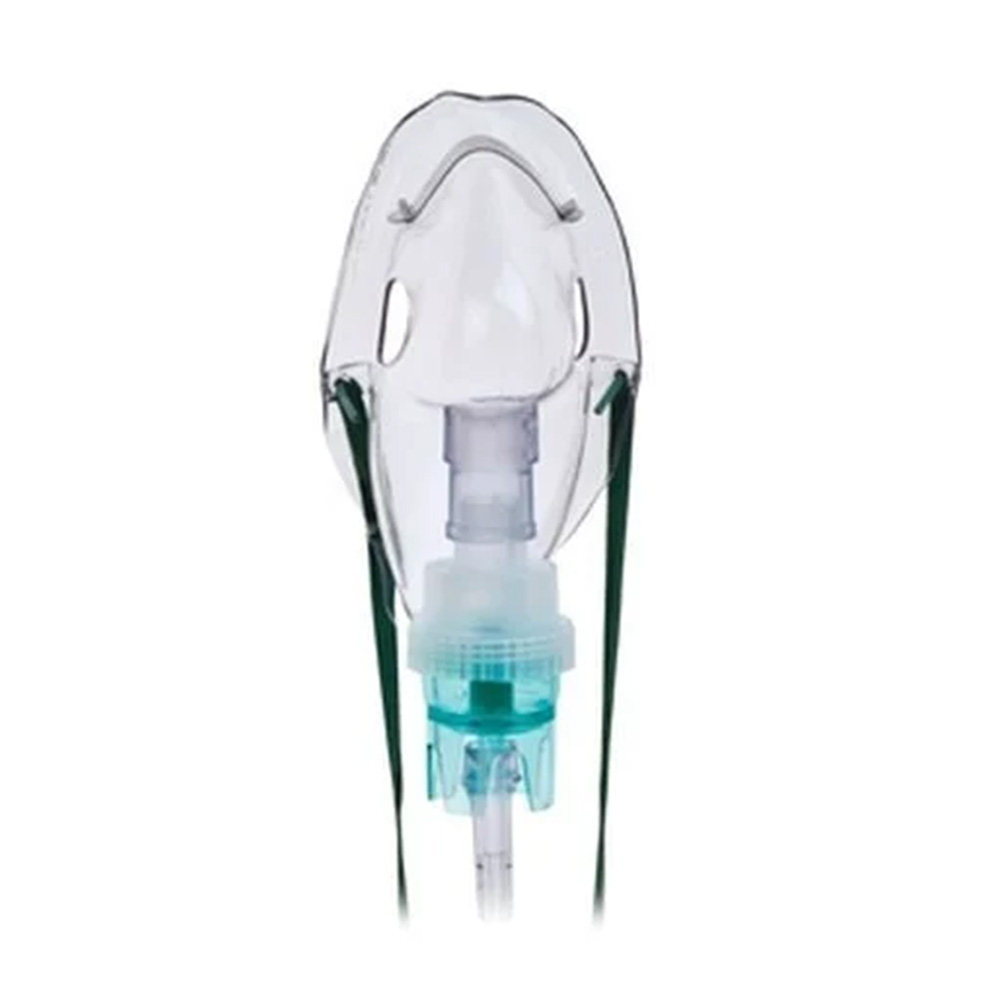
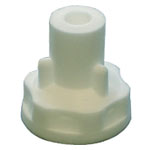
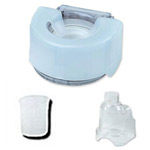
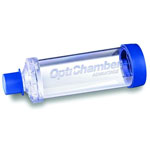
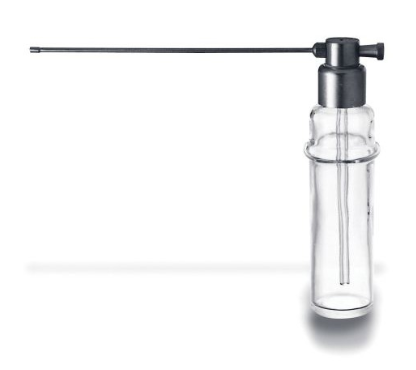
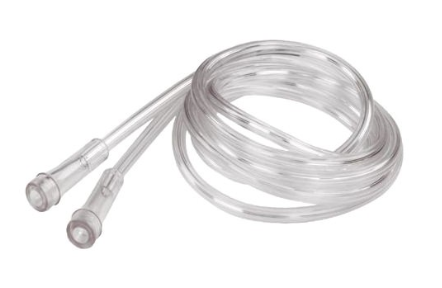
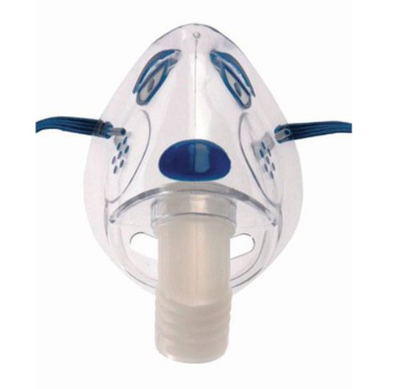

Login and Registration Form